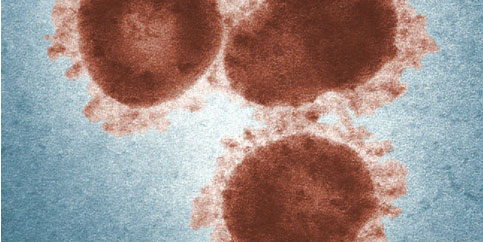
Let’s be specific about what is creating students’ nightmarish days.
A reddit post by somebody claiming to be a student at a “specialized high school” in New York City has been getting a fair bit of attention. (Note that the post has been edited, with some commentary found in earlier screen captures deleted.) The student describes a school day during the Omicron surge as something like a Stephen King novel (back when Stephen King was good):
… 90% of the bathrooms were full of students swabbing their noses and taking their tests. I had one kid ask me — with his mask down, by the way — whether a “faint line was positive,” proceeding to show me his positive COVID test. I told him to go the nurse. One student tested positive IN THE AUDITORIUM, and a few students started screaming and ran away from him. There was now a lack of available seats given there was a COVID-positive student within the middle of the auditorium. …
One teacher flat out left his class 5 mins into the lesson and didn’t return because he was developing symptoms and didn’t believe it safe to spread to his class.
Conspicuously, the anecdote about the teacher (which is not in the latest version of the post) is the only mention at all of symptoms, and in that instance, it could have been anything. Was it a tickle in the teacher’s throat? A mild feeling of impending congestion? Who knows? The point is that all of the drama and fear is related to testing positive.
One needn’t dismiss the danger of COVID to find it strange that the virus itself is an afterthought in many of the horror stories about its spread. Indeed, the student’s experience could apply even to an illness that didn’t exist, as long as tests could be contrived that gave a positive at some random interval. As the parent of multiple school-aged children during this pandemic, I can testify that the fear is of the disruption and loss of opportunities that testing positive would bring.
One recalls this experiment at the University of Arizona in 2013:
Conducted in an office on the UA campus, the study included about 80 participants, some of whom received droplets on their hands at the start of a normal work day. While most of those droplets were plain water, one person unknowingly received a droplet containing artificial viruses mimicking the cold, the flu and a stomach bug.
Employees were instructed to go about their day as usual. After about four hours, researchers sampled commonly touched surfaces in the office, as well as employees’ hands, and found that more than 50 percent of surfaces and employees were infected with at least one of the viruses.
Now imagine one of those old-fashioned psychological experiments from the ’50s or ’60s in which researchers deceived participants and, in this case, told everybody the “artificial viruses” weren’t harmless. The experiment would have generated a panic not unlike what we see at the NYC school.
This isn’t to say that we should be cavalier about the coronavirus, but context and focus is important, and we’re really heavily focused on positive tests — the increasingly infamous “case” count. Don’t be surprised to learn in years to come that mass testing can produce similarly frightening evidence of “super spreader” events for viruses that we’ve lived with for centuries.
Featured image by the CDC on Unsplash.

